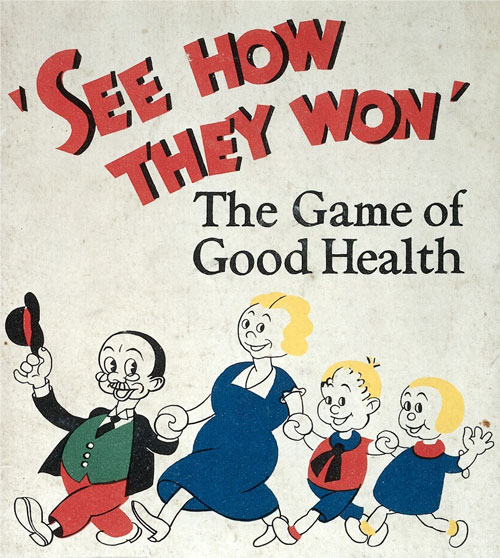Seminar Series 2025/26
Centre for the Social History of Health and Healthcare 20th Anniversary Celebration

Wednesday 29th October 2025, 3.30pm - 8pm, Room 106, Stenhouse Wing, Business School, University of Strathclyde
Please join us for a wine reception and public lectures from:
Professor Tracey Loughran (Essex): 'The Ghost Child at the End of the Road Not Taken: Histories of What Never Was'
Tracey Loughran is Professor of History at the University of Essex. Her current research aims to create an intersectional history of women’s ‘everyday health’ from the ground up, drawing on oral history interviews, Mass Observation directives, and mass-market magazines. Her publications include The Palgrave Handbook of Infertility in History: Approaches, Contexts and Perspectives (co-edited with Gayle Davis) and Everyday Health, Embodiment, and Selfhood since 1950 (co-edited with Hannah Froom, Kate Mahoney, and Daisy Payling).
Professor Joanna Bourke (Birkbeck): 'Violent Women, Femininity, and the Medical Profession'
Joanna Bourke is Professor Emerita of History at Birkbeck, University of London, a Fellow of the British Academy, and OBE. She is also the Professor of Rhetoric at Gresham College. She is the prize-winning author of fifteen books, as well as over 120 articles in academic journals. In 2022, Reaktion Books published Disgrace: Global Reflections on Sexual Violence and Birkbeck: 200 Years of Radical Education for Working People. Her book entitled Evil Women will be published in 2025. Her books have been translated into Chinese, Russian, Spanish, Catalan, Italian, Portuguese, Czech, Turkish, and Greek.
Please use the MS Form below to confirm your attendance.
https://forms.office.com/e/1mMXiU2ztj
November Seminars
Wednesday 26th November, 4pm-5.30pm, Teaching & Learning Building 325a&b, University of Strathclyde
John Nott - University of Edinburgh: 'A complete picture of what actually is medically wrong with the African’: The East African Medical Survey, mathematics, and modernism at the end of empire’
The East African Medical Survey (EAMS) began in the mid 1940s to survey the health of the villages providing labour for the ill-fated Tanganyika Groundnut Scheme. This attempt to mechanise groundnut cultivation over several million acres—then one of the more costly failures of latecolonial modernism—soon fell apart. But the EAMS remained, instead shifting toward the mapping and selective elimination of disease across the wider region. Six locations in Kenya and Tanganyika were selected, and thousands of people fell under detailed and often invasive medical surveillance. Over the course of six years, researchers collected anthropometric and dietary data; stool, urine, blood, and skin samples; and demographic data from interviews with the many women surveyed. The correlation of social and biological data, and the construction of proxy indices from disparate data sources, was all part of the project’s stated purpose: to detail ‘a complete picture of what actually is medically wrong with the African.’ This paper sets this little-known moment of imperial science within the broader history of colonial scientific surveillance and considers the application of mathematical statistics as a novel aspect of late-colonial modernism.
.jpg)



